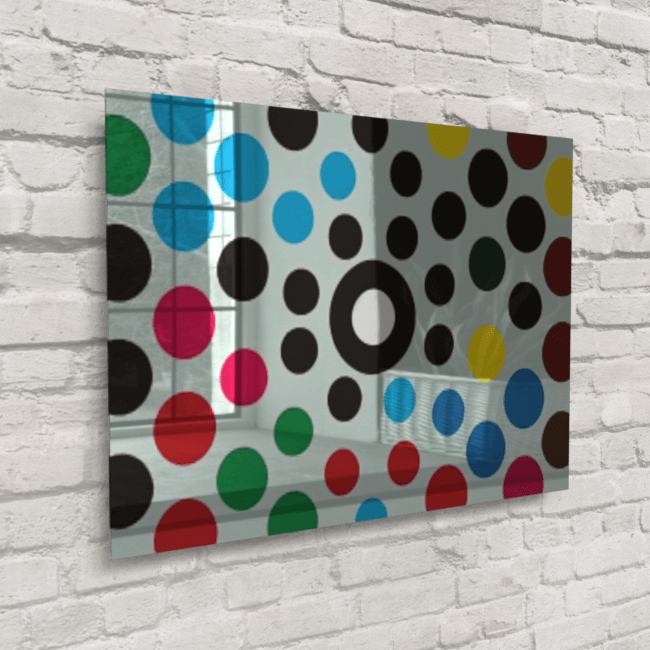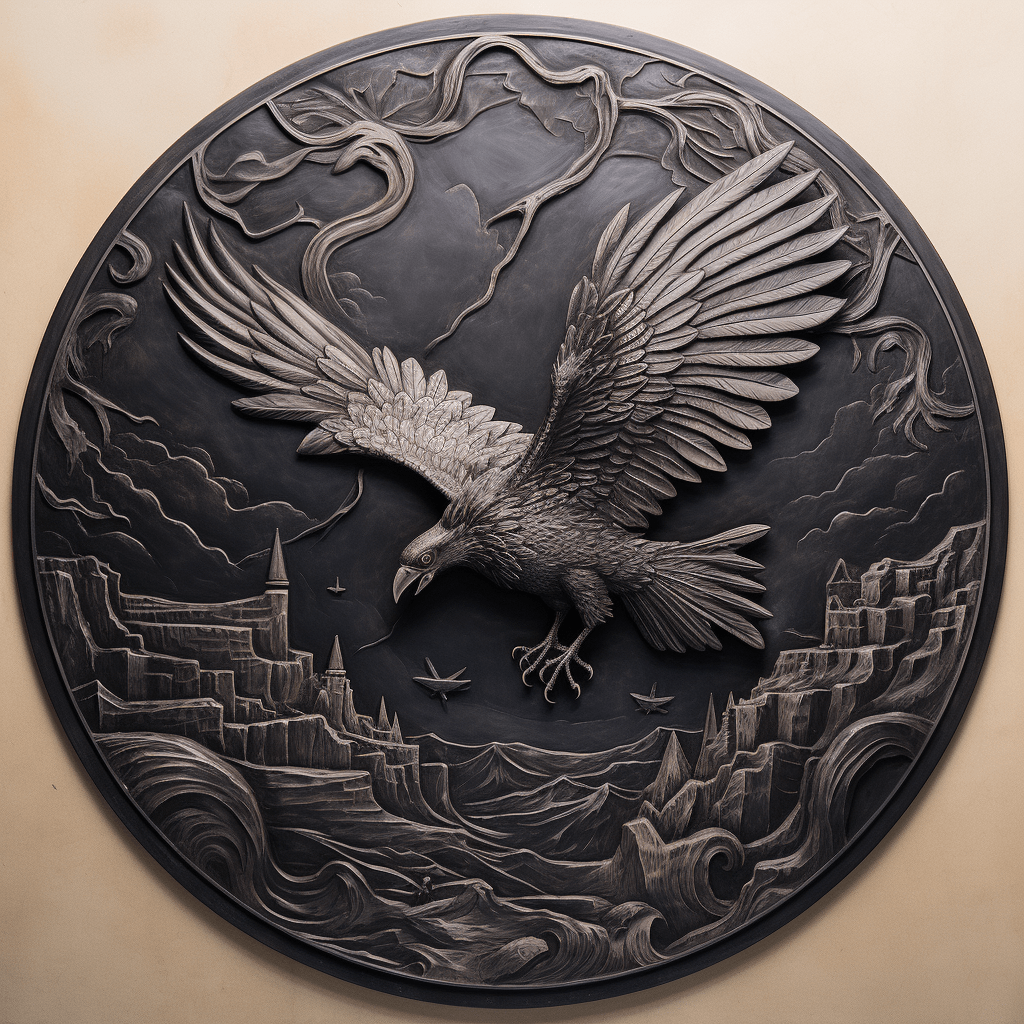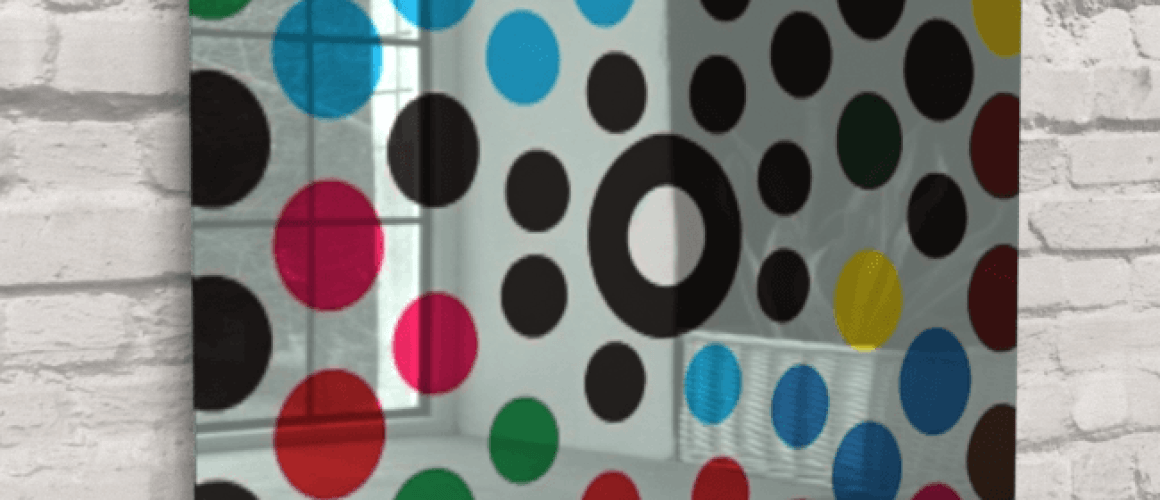Digital printing and laser etching
Digital printing and laser etching are two unique methods for printing and marking, each with its own set of attributes and uses. Let’s dive into the key disparities between these two processes:
- Printing vs. Marking:
- Digital Printing: Digital printing is a process of reproducing digital images or graphics on various surfaces, such as paper, fabric, plastic, and more. It involves applying ink or toner onto the surface to create a full-color image or design.
- Laser Etching: Laser etching, also known as laser engraving, is a process that uses a laser beam to remove material from the surface of an object, leaving behind a permanent mark or engraved design. It does not involve the application of ink or toner.
- Material Compatibility:
- Digital Printing: Digital printing is suitable for a wide range of materials, including paper, cardboard, textiles, ceramics, plastics, and more. It is especially common in producing items like posters, labels, and promotional materials.
- Laser Etching: Laser etching is typically used on materials like metal, glass, wood, acrylic, stone, and certain plastics. It is commonly used for creating detailed and permanent marks on items such as metal plaques, glassware, and electronic components.
- Color and Detail:
- Digital Printing: Digital printing allows for full-color reproduction and intricate details. It can produce vibrant and complex designs, making it suitable for items where color accuracy and high-resolution graphics are essential.
- Laser Etching: Laser etching creates monochromatic marks by removing material. While it can produce very fine details, it is limited to grayscale or single-color designs. It excels in creating precise and permanent markings.
- Durability:
- Digital Printing: The durability of digital printing depends on the type of ink or toner used and the material being printed on. It can be less durable when exposed to harsh environmental conditions or abrasion.
- Laser Etching: Laser etching is highly durable and resistant to wear and tear. The marks produced are long-lasting and often weather-resistant.
- Application:
- Digital Printing: Common applications of digital printing include posters, banners, brochures, clothing, packaging, and promotional materials.
- Laser Etching: Laser etching is commonly used for marking or engraving items like personalized gifts, industrial parts, signage, and identification tags.
- Setup and Speed:
- Digital Printing: Digital printers are relatively easy to set up, and they can produce prints quickly, especially for large quantities.
- Laser Etching: Laser etching machines require setup and calibration for each job. The process can be slower than digital printing, especially for intricate or deep engravings.
Digital printing is a versatile color-based method employed for various materials and applications. On the other hand, laser etching is a monochromatic process that involves removing material, primarily on hard surfaces, for engraving and marking purposes. Your project’s unique needs, including material, color, detail, and durability, should dictate which approach to choose between the two. Rest assured, this decision will ensure optimal results for your undertaking.
The cost disparity between digital printing and laser etching can fluctuate significantly. Contingent upon various factors such as the project type, materials used, design intricacy, and production quantity. Consider the following cost factors for each process:
Digital Printing:
- Printing Equipment: The initial cost of digital printing equipment can be relatively high, especially for commercial-grade printers. However, for small-scale or occasional use, you can also access digital printing services from print shops or online printing companies.
- Ink or Toner Costs: The ongoing cost of ink or toner can be a significant expense for digital printing, especially for full-color and high-quality prints. The cost per page can vary depending on the type of printer and the quality of the inks or toners used.
- Material Costs: The cost of the printing material (e.g., paper, fabric, vinyl) varies depending on the type and quality of the material.
- Labor Costs: Labor costs can come into play if you’re outsourcing your digital printing to a service provider. This might include design and setup fees in addition to the cost per print.

Laser Etching:
- Laser Etching Machine: The initial cost of a laser etching machine can be substantial, particularly for high-powered and versatile machines. Smaller, desktop-sized laser etching machines are available at lower costs for small businesses and hobbyists.
- Energy Costs: Laser etching machines consume electricity, so energy costs should be factored in.
- Material Costs: The cost of the material being etched (e.g., metal, glass, wood) can vary widely. Some materials may be more expensive than others.
- Maintenance and Consumables: Laser etching machines require periodic maintenance, such as cleaning and replacing laser tubes or lenses. The cost of these consumables should be considered.
- Labor Costs: Labor costs may include the time required to set up and operate the laser etching machine, especially for more complex designs.
- Design and Software Costs: Depending on your design requirements, you may need graphic design software or specialized software for controlling the laser etching machine. The cost of such software can vary.

It’s essential to note that while laser etching machines have higher upfront costs, they offer the advantage of greater durability and precision. In contrast, digital printing may be more cost-effective for certain applications, particularly when full-color printing is required. The choice between the two processes should be based on your specific project needs, budget, and long-term considerations. For small, one-off projects, outsourcing to a professional service provider might be a cost-effective option for both digital printing and laser etching
Digital Printing:
- Digital printers can produce multiple copies of a design simultaneously. They work by spraying ink or toner onto the surface of the material.
- Digital printing is well-suited for high-speed, high-volume production because it can rapidly produce a large number of copies, making it efficient for tasks like producing brochures, posters, or large print runs of documents.
- The speed of digital printing can also depend on the specific printer’s capabilities, with some commercial printers being able to print thousands of pages per hour.
Laser Etching:
- Laser etching, on the other hand, is a more time-consuming process. It works by removing material from the surface of the object, often in a point-by-point or line-by-line fashion.
- The speed of laser etching depends on several factors, including the material being etched, the depth of the etching, the complexity of the design, and the power of the laser. Deeper and more detailed engravings can take longer to complete.
- Laser etching is a precision process, so it is inherently slower, especially for intricate designs. It may take seconds to minutes or longer per item, depending on the specifics of the job.
For small, simple, and one-off projects, the speed difference between digital printing and laser etching may not be a critical factor. However, for large-scale production where speed is a priority, digital printing is generally the faster option. It’s important to choose the printing or marking method that best matches your project requirements, considering factors like material, design complexity, and the desired end result.




